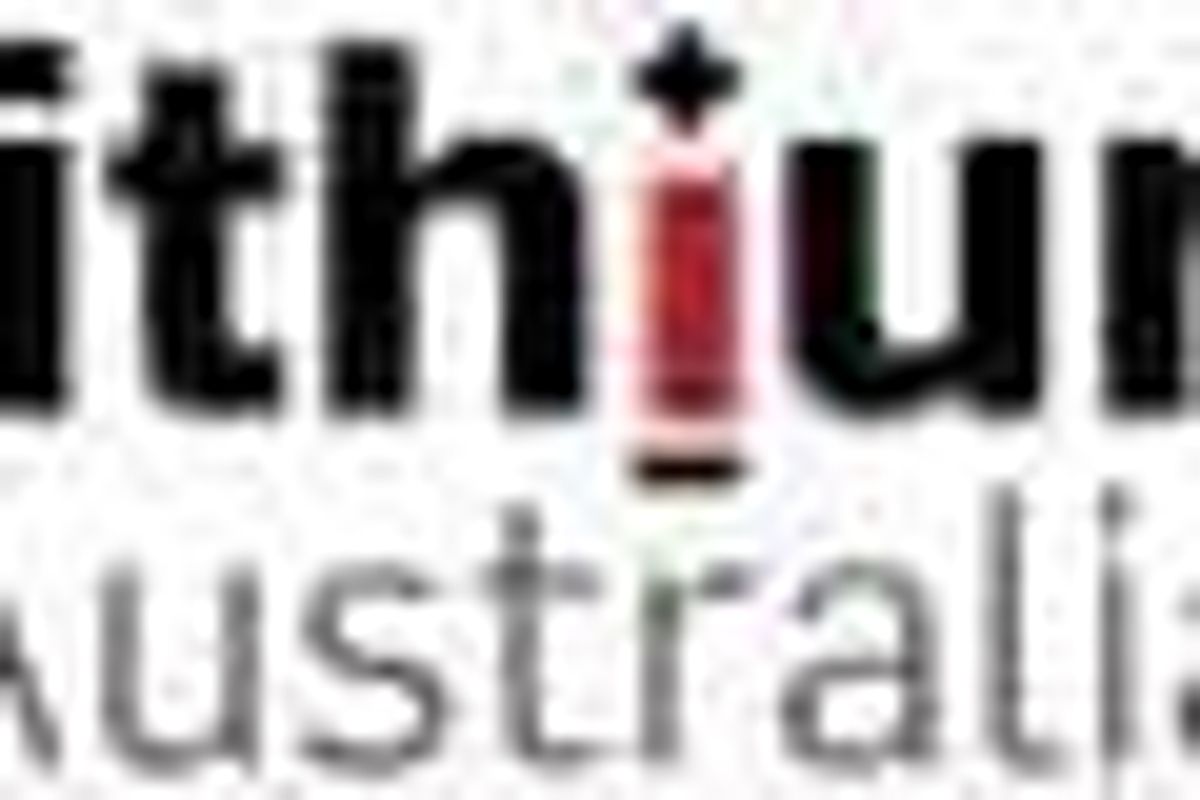Lithium Australia Commits to SiLeach® Large-scale Pilot Plant

Large quantities of lithium continue to be discharged to waste streams emanating from the production of a range of industrial minerals. Such waste streams, which most commonly contain lithium micas, may prove the most cost-effective source of primary lithium. The development of more efficient processing technologies to allow exploitation of such materials is a major corporate achievement of Lithium Australia NL (ASX:LIT).
HIGHLIGHTS
- Immediate commencement of front-end engineering and design
- Improved circuit design incorporates further innovation
- Potential for superior potassium sulphate production
- Commitment to critical long-lead plant components
SUMMARY
Large quantities of lithium continue to be discharged to waste streams emanating from the production of a range of industrial minerals. Such waste streams, which most commonly contain lithium micas, may prove the most cost-effective source of primary lithium. The development of more efficient processing technologies to allow exploitation of such materials is a major corporate achievement of Lithium Australia NL (ASX:LIT).
In July 2017, Lithium Australia completed a preliminary feasibility study (PFS) on the application of its revolutionary SiLeach® technology to the recovery of lithium chemicals from micas. The PFS identified the water balance as a critical area for consideration. As a result innovative process steps have been developed to improve the water balance, as have processes that capitalise on the co-production of potassium sulphate, a critical step in achieving optimum financial performance.
Lithium Australia now has sufficient confidence in its SiLeach® technology to commit to developing a large-scale pilot plant (LSPP), has approved the front-end engineering and design (FEED) and will procure long-lead equipment in an effort to reduce the time frame through to commissioning and production, currently scheduled for early 2021.
Lithium Australia expects to complete agreements during the current quarter, resulting in supply of the following.
- The LSPP site
- Infrastructure (power, water, gas, road and rail)
- Major reagent supplies
- Process feed material
Capital cost reductions in downstream unit processes have been achieved by the breakthrough in water management. The target feed material during the first 12 months of the LSPP’s operation will be primary ore mined close to the proposed location of the plant, so crushing, grinding and concentration circuits will be required at the feed end of the plant, an additional equipment cost. Further financial details will be released on completion of the FEED, while details of infrastructure and supply contracts will be released as they become available.
PROJECT METHODOLOGY
Lithium Australia has been involved in the research and development (R&D) of chemical processing technology for the economic recovery of lithium from spodumene and lepidolite minerals since 2014. This led to the development of the SiLeach® process, a fluoride-accelerated sulphuric-acid leach at elevated temperature but atmospheric pressure. Commercialisation of the SiLeach® process will allow exploitation of micas, the most common lithium minerals, which are currently considered waste.
Conventionally, commercialisation of novel technology involves a de-risking programme (see below).
| Lab | Pilot testing | Engineering | Design | Commitment | Commercial | |
| design and | to construct | |||||
| testing | at ANSTO | optimisation | production | |||
| costing | LSPP* | |||||
| Continuous | August 2016 | July 2017 | Q4 2017 | Early 2018 | On completion | |
| improvement | of financing |
Constructing and operating the LSPP is considered a necessary step in the commercialisation of SiLeach®, in that it will integrate data collected on an industrial scale to evaluate the next step, which is full commercial production. The LSPP is designed to produce lithium carbonate equivalent (LCE) at an annualised rate of 2,500 tonnes from approximately 27,500 tonnes of lepidolite mica feed (to a maximum grade of 4.5% Li2O), this output being approximately one-tenth the scale of output of a full-scale commercial lithium carbonate production facility. Actual output will depend on the final feed grades achieved from a particular source, the likelihood being that locally sourced feed will be of a lower grade and produce less output than the 2,500-tonne design capacity.
While the primary aim of the LSPP is to produce lithium chemicals, production of by-products is also integral to its development. Potentially, by-products like potassium sulphate (K2SO4), sodium silicate (Na2SiO3), caesium (Cs) and rubidium (Rb) can also be produced using the SiLeach® process.
Lithium Australia’s managing director Adrian Griffin commented as follows.
“Our commitment to advancing the SiLeach® process to an industrial scale is a critical element in the research and development required to bring a superior process into the lithium industry. Success will allow us to utilise mine waste in the production of lithium chemicals, one of our great sustainability goals.”
Adrian Griffin
Managing Director
Mobile +61 (0) 418 927 658
ABOUT LITHIUM AUSTRALIA NL
Lithium Australia aspires to ‘close the loop’ on the energy-metal cycle. Its disruptive extraction processes are designed to convert all lithium silicates to lithium chemicals, from which advanced components for the battery industry can be created. By uniting resources and the best available technology, Lithium Australia seeks to establish a vertically integrated lithium processing business.
MEDIA CONTACT:
Adrian Griffin Lithium Australia NL 08 6145 0288 | 0418 927 658
Kevin Skinner Field Public Relations 08 8234 9555 | 0414 822 631
Click here to connect with Lithium Australia NL (ASX:LIT) for an Investor Presentation.
Source: lithiumau.wpengine.com





